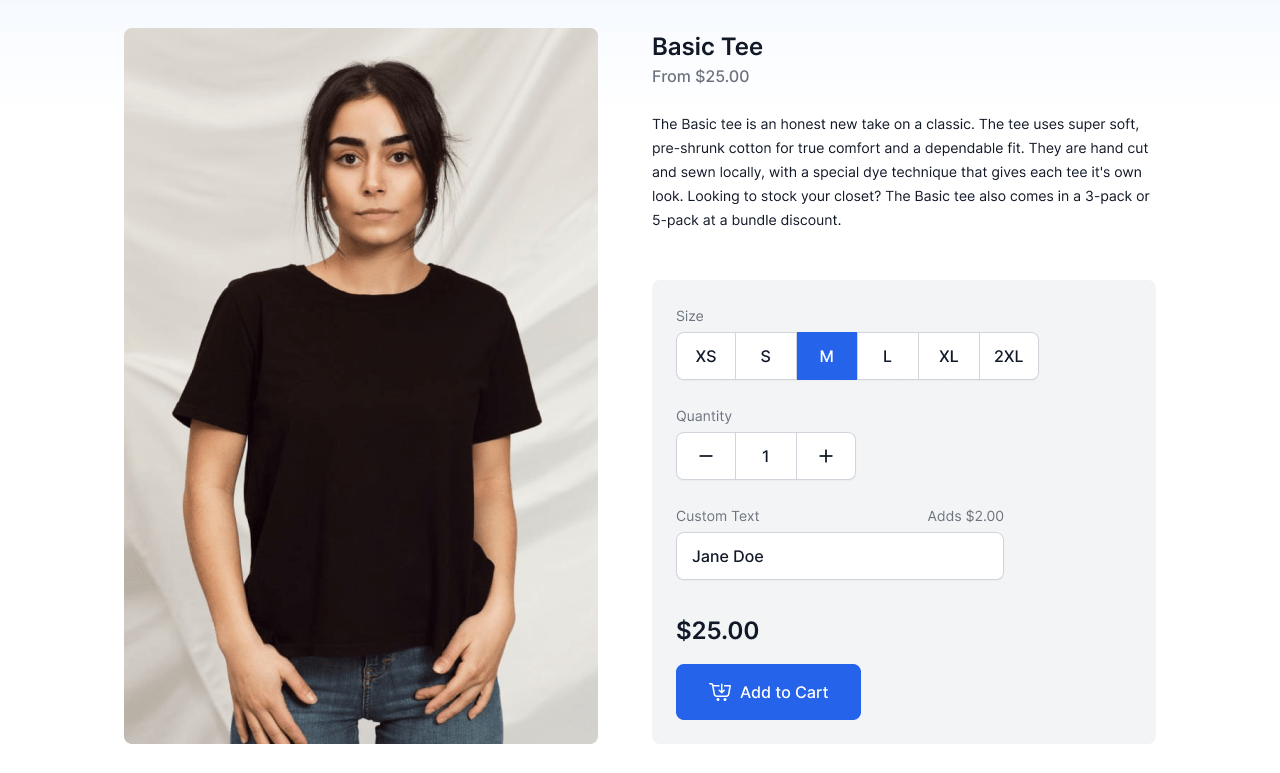The Problem
E-commerce for complex, personalised products
The world of e-commerce is complex. There are endless things to consider, which is why platforms like Shopify are popular as they offer one-stop solutions to all of the common challenges needed to run an e-commerce business. Everything from inventory display to stock control, pricing, taxation, shipping, payment processing and dozens of similar points all need to be covered. And these platforms are great if your business works like the platforms expect it to: but what do you do when your processes don’t fit their mould?
1994 are currently building a bespoke e-commerce platform that allows print shops to easily set up stores for their clients. It caters to the specific needs of that market that aren’t well served by the generalist e-commerce platforms like Shopify or Magento. Realistically, there are plenty of areas where the processes of these businesses simply don’t work with these platforms. A good example of this is the handling of product variants.
Many products come with numerous options that can impact price: these include material, size or personalisation choices. When we looked at the more generalist platforms, they all had restrictions on how this could be handled. Take Shopify; it had a limit of three price-affecting options and required that every resulting variant was given a unique SKU.
Unfortunately, restrictions like this ruled out all of the popular platforms for this store. Fortunately, 1994 was able to build them a platform that was a perfect fit.
Client:
Print shop platform, USA
Scope:
Full e-commerce platform and SAAS development
Technology employed:
- Laravel
- MySQL
- Alpine JS
- Tailwind CSS
Specific challenges
Some products required customers to make four or five choices - more than many platforms support
Options may change cost, price, neither or both
Multiple options result in thousands of possible product combinations - these would impact website performance
Despite the complexity, the user-experience had to be elegant, intuitive and keep the customer instantly informed of the price of their selected combinations
The solution
After discussions with the client team, the preferred solution was to configure each product with different ‘options’ - be that sizes, colour or design - rather than having large numbers of individual products in the system. Not only would this make it easier to keep the store fast and responsive, but it also met the client’s goals around ease of maintenance. A simple example of this might be a personalised slogan cap where the colour or the slogan doesn’t impact price, but the choice of print vs embroidered does.
These options were grouped in a way that made it easy for store owners to apply them to products and to keep the options and their cost/price impact up to date across the whole store in as quick and stress-free a way as possible.
On the front end, we then added intuitive controls to ensure the customer would understand the options available and instantly see the price implications of their selected options. The result is a system that is intuitive to use, professional to engage with and hides the complexity from the user. Job done!
Broader uses
Solutions like this apply to any type of business that wants to give their customers the freedom to build configurable products in ways that impact the price. The exact solution we built for this project was very specific to this client, but the methods we used to deliver a solution that matched their process have much broader applications. Some examples include:
Configurable computers
Personalised edible gifts
Bundling upsells on event or accommodation bookings
Branded merchandise
Any store where products are customisable or come in lots of options.
1994 builds smarter websites that better support your business. Contact us today and tell us more about your business challenges.
